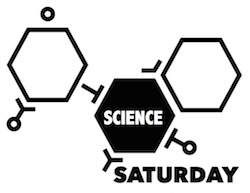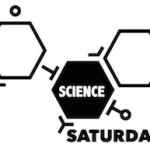 With July comes the “Dog Days” of summer – named due to their association with Sirius, the Dog Star. Sirius is the (second) brightest star in the sky, and Voyager 2 will get within 5 light years of it as long as nothing bad happens for the next 296,000 years. Anyway, centuries ago, Sirius would rise with the sun during July and August, thus associating these hot days with canines. Fun facts to share!
With July comes the “Dog Days” of summer – named due to their association with Sirius, the Dog Star. Sirius is the (second) brightest star in the sky, and Voyager 2 will get within 5 light years of it as long as nothing bad happens for the next 296,000 years. Anyway, centuries ago, Sirius would rise with the sun during July and August, thus associating these hot days with canines. Fun facts to share!
That’s about all the science in this post…
Continue reading “Pushing my thinking with summer reading”


